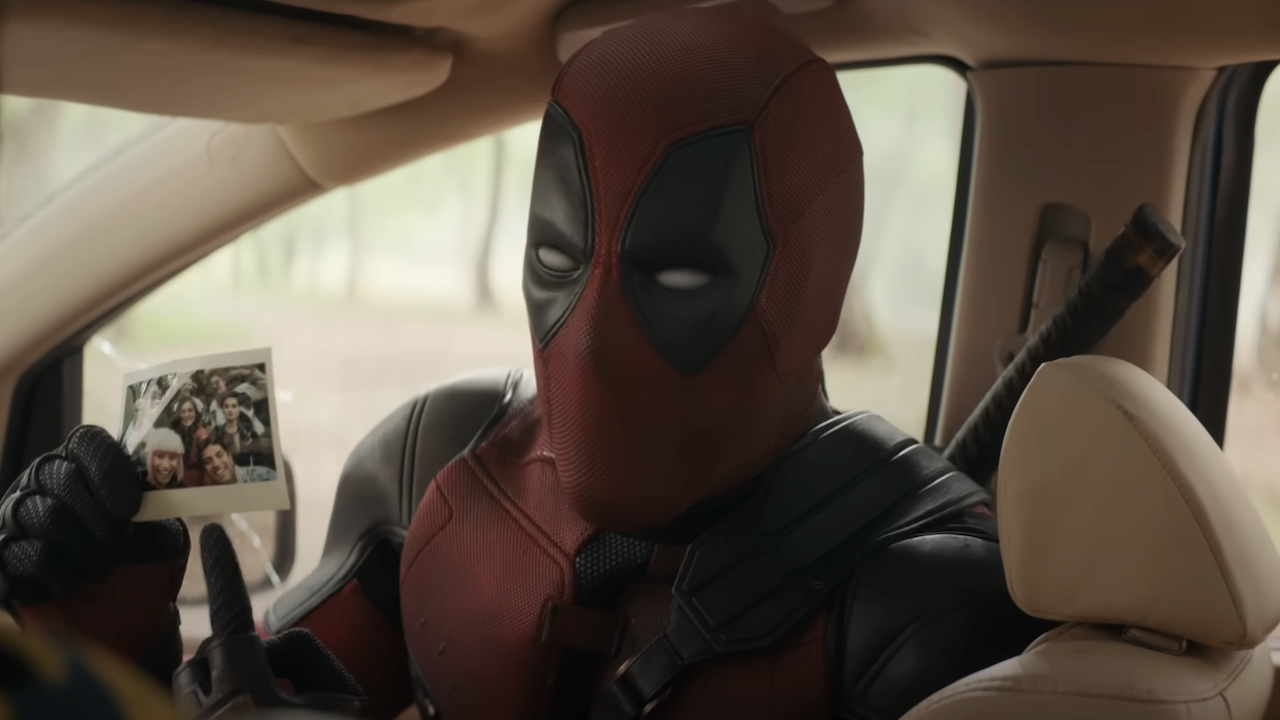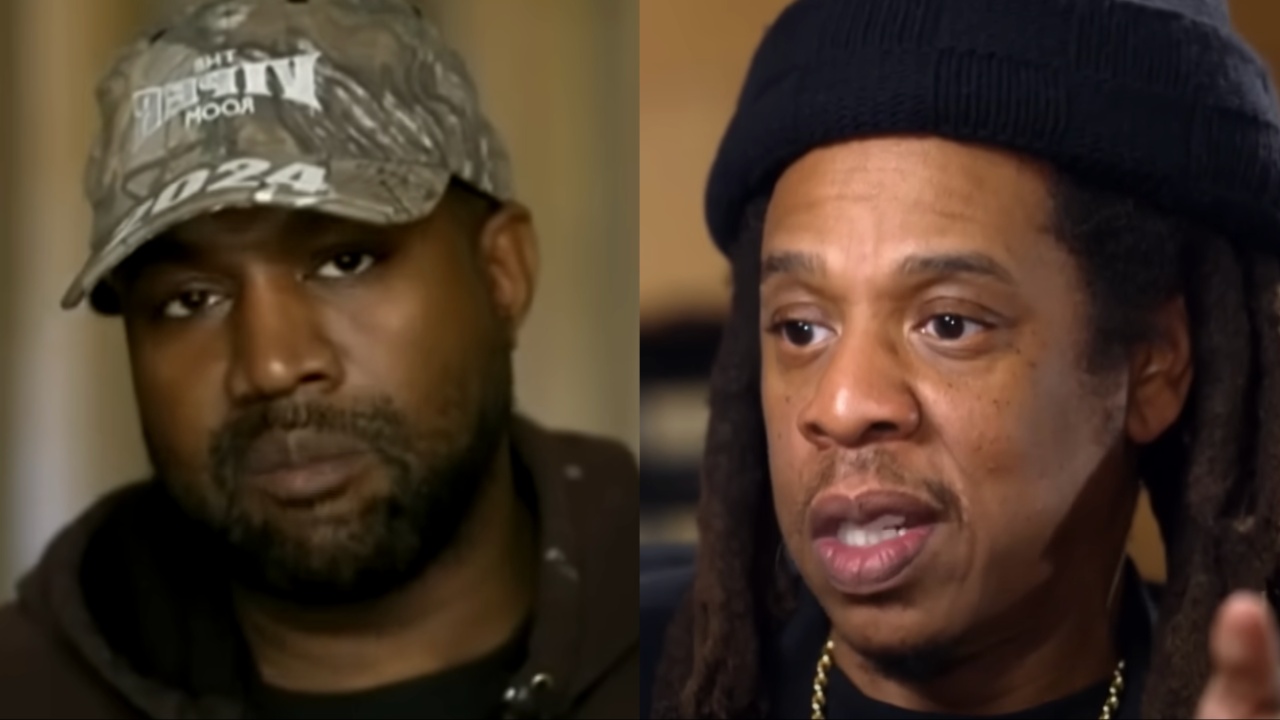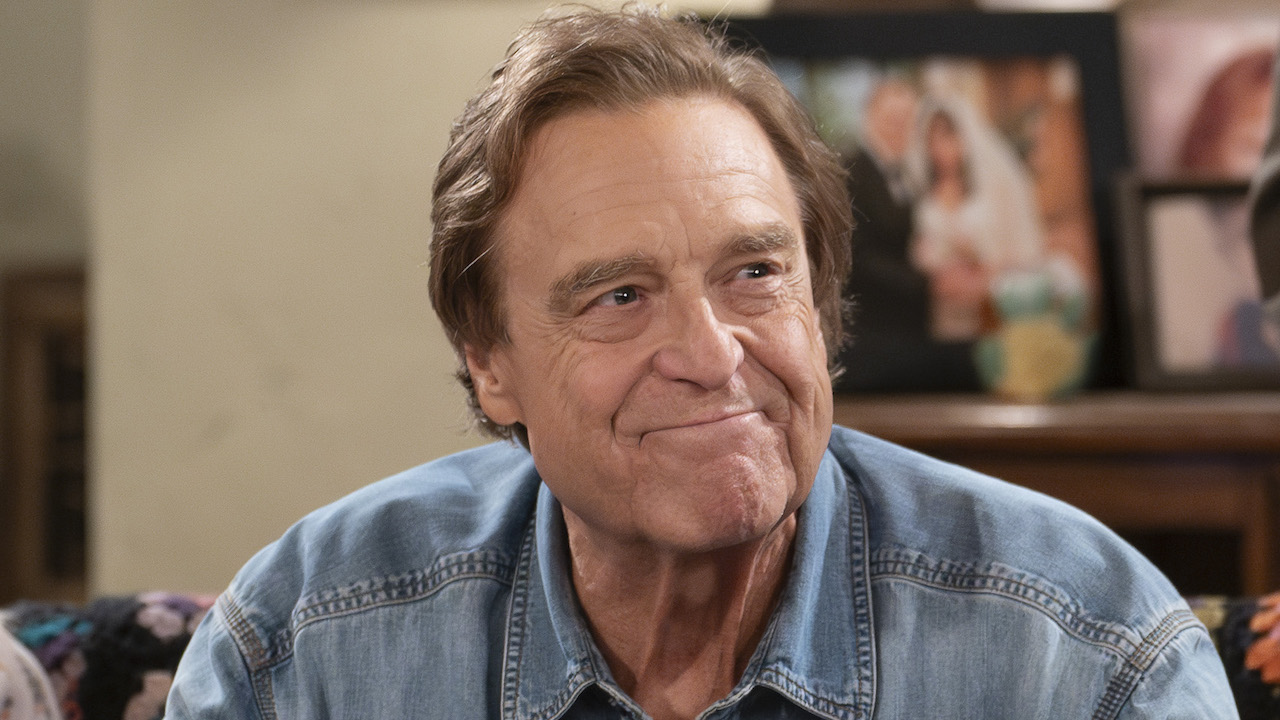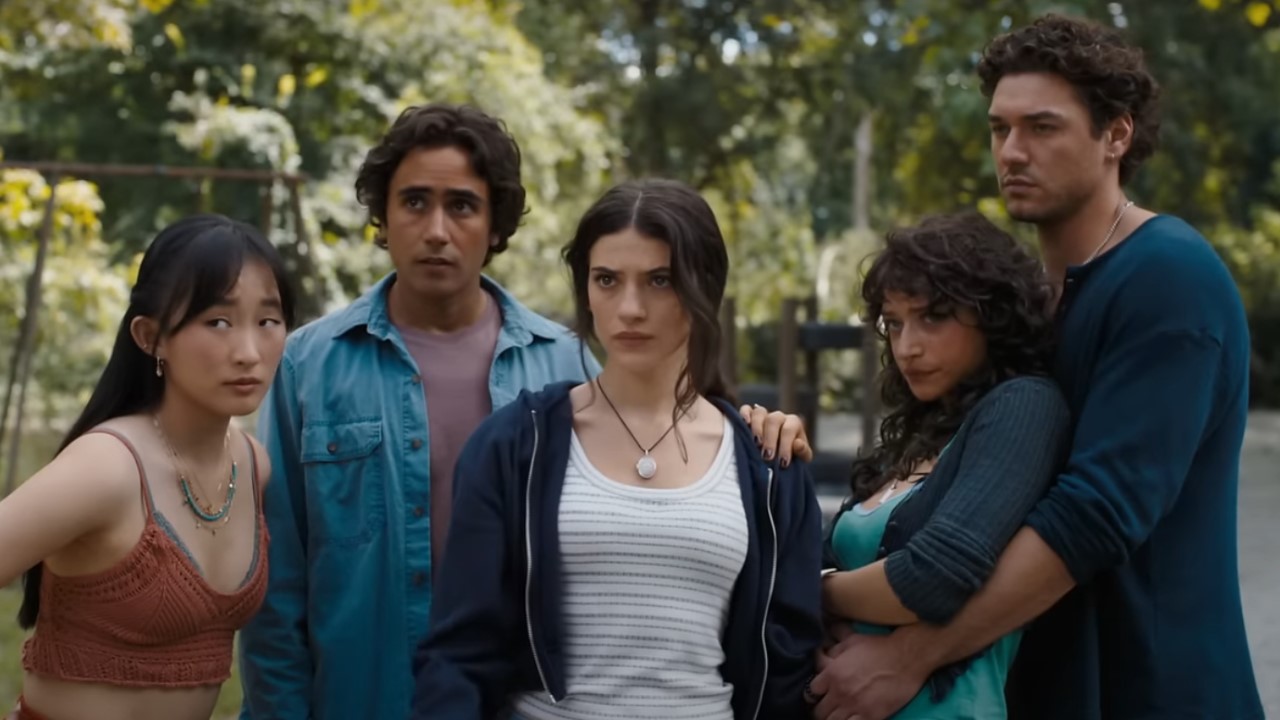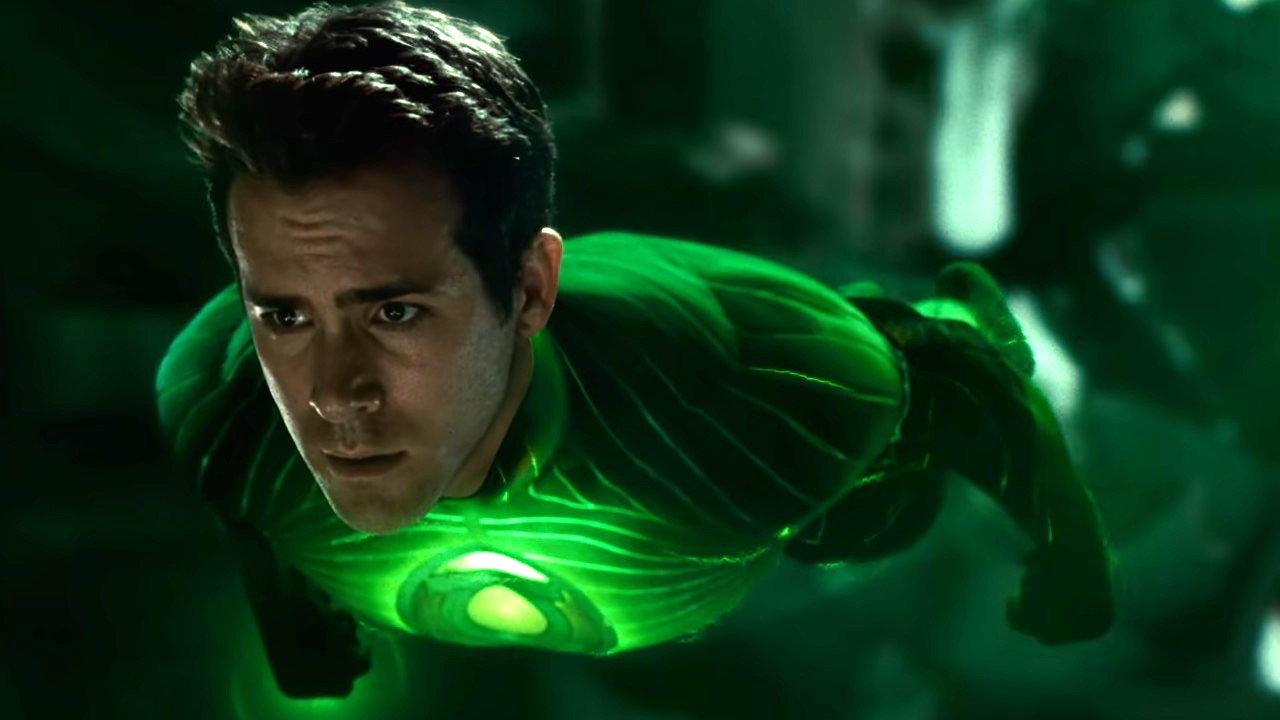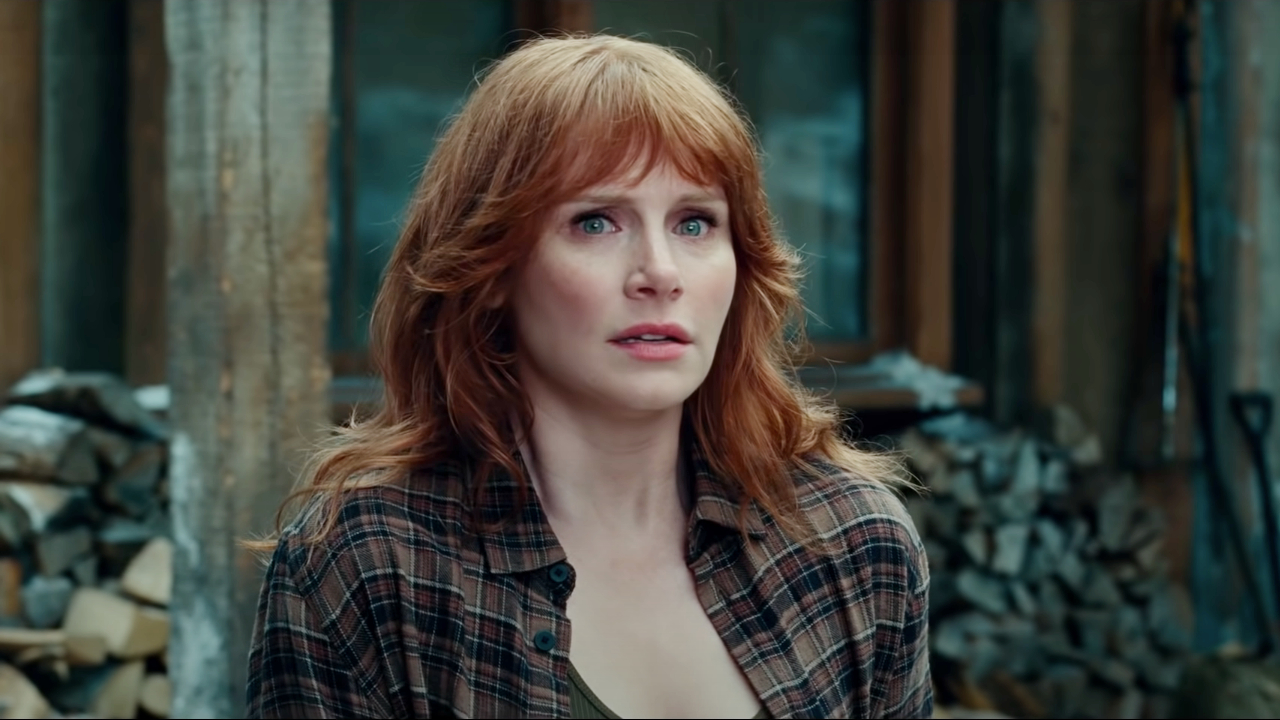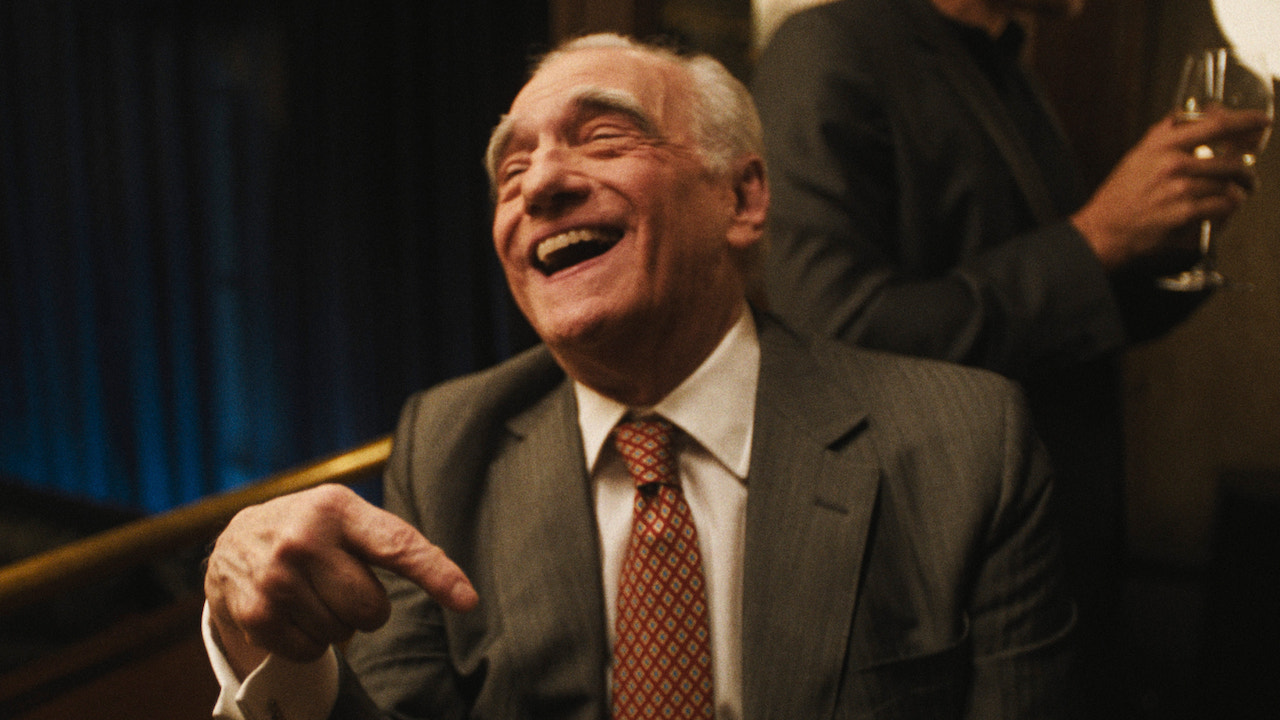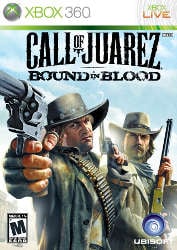
The first-person shooter genre is largely unconcerned with history. The vast majority of games take place in World War II or later, the reason likely being that the bazooka was invented in 1942. There are exceptions to the rule, however, such as the Wild West shooter Call of Juarez: Bound in Blood. While it's a decent game, Bound in Blood's biggest contribution to the genre is that it showcases the vast story opportunities afforded by this period of history.
BiB is a prequel to the 2006 Call of Juarez. Ray McCall, the gunslinging graybeard preacher from the original, is a brash young Confederate soldier fighting alongside his brother Thomas in the Civil War. After deserting, the two turn to a life of crime and ultimately travel to Mexico to find an Aztec treasure. While these legendary riches are introduced into the story in a very awkward manner ("Hey, I hear there's a legendary treasure in Mexico" "Awesome! Let's go get it!"), the game's plot is held together by how fun it is to watch these two brothers in action. They're cocky, violent pricks who take what they want by force and end up with a host of formidable enemies - the Confederate army, Native American tribes, Pinkertons, and outlaws - as a result. I guess cocky, violent protagonists aren't new to video games but this is one of the few games that suggests that the heroes are creating their own villains rather than being victims of circumstance. The point is that the story really felt like the Spaghetti Westerns that it was drawing inspiration from. The visuals, sound effects, and music are all able to back up that impression.
That's not to say that Westerns are perfect. I'm just a dumb white guy but I'm curious what someone of Mexican descent would think of the outlaw Juarez, who claims the hidden treasure hoard contains jewels the size of your "feest." Meanwhile, the raven-haired beauty that Ray and Thomas ultimately compete for - whatever her name is - was brainless eye candy. Though you'll end up killing dozens and dozens of Native Americans, they're not portrayed unfairly here; they're the only ones with any shred of integrity. The Western genre is not known for its even-handed depictions of females or Mexicans in the first place but it's just worth reiterating that if you're not a fan of that type of film, you might not be keen on this game. The story is, after all, probably the most compelling part.
Almost every level in the game can be played as either Thomas or Ray, who each have unique talents and items. Ray can dual wield pistols, use dynamite to blow up obstacles, and kick down doors. Thomas, meanwhile, is a better long-range shooter, is able to equip stealthy weapons like a bow and throwing knives, and can use a lasso to climb over obstacles. These two characters do not play all that differently from each other, unfortunately. You'll be wielding a few weapons that the other character can't and on occasion you'll have to split up (for example, Thomas will pull himself over a wall to open a gate for Ray) but I'm not sure the characters are distinct enough experiences that I'd be inclined to play through each level twice.
While I personally haven't played the original Call of Juarez, the differences between Thomas and Ray sound like they're more or less the same as the differences between the two playable characters in the original. In fact, Thomas and Ray are actually more similar than Ray and William were in the first game because William didn't have weapons and was forced to rely on stealth. Thomas can sneak around (when his brother's not running around shooting everything, anyway) but there's no point when he's packing a variety of firearms. Maybe people outright hated the pure stealth segments of the first game and this was Techland's compromise? I suppose it's very tough to make one guy wholly dedicated to stealth and the other wholly dedicated to gunfighting when both of these characters are fighting alongside each other 90% of the time but the developers really should've tried to make the McCall brothers play differently from each other in some manner, even if it's not a stealth vs. combat dichotomy. To me, playing as Thomas meant I shot people with a rifle and playing as Ray meant I shot them with a pair of pistols.
Ray and Thomas alike can use an ability called Concentration Mode to tip fights in their favor. When your Concentration meter is topped off (you fill it by killing enemies), you can slow down time to a crawl and pick your shots. Once you manually exit Concentration Mode or the timer runs out, the game will shift back into real time and you'll blow away your enemies at lightning speed. You only have a minute-long window to use Concentration Mode after filling the meter, which means you'll appreciate the occasions when you're actually able to use it on time. It also encourages you to move through levels quicker and seek out groups of enemies. Each level has a couple of moments where you and your brother simultaneously burst through a door and enter a mandated Concentration sequence in which you move two crosshairs (one for each pistol) over the group of enemies on screen. Time-slowing abilities are a familiar shooter feature but seeing your character dispense a group of enemies in the span of a couple seconds (as opposed to watching them get shot in slow-mo, like with F.E.A.R.) is a visual treat. It doesn't change minute-to-minute gameplay that much but it offers up the "whoa" moments needed in a game trying to be cinematic.
While useful for wiping out randoms, Concentration Mode won't help you when you run into a "boss" character. To defeat them, you'll need to do an old-fashioned duel. The camera shifts to below your waist, so your leg, gun, and holstered pistol are in the foreground. You need to move left and right with one analog stick to keep your opponent in front of you, while manuvering your hand with the other analog stick to keep it as close to your gun as possible. Once a bell rings - which happens regardless of whether you're in the sort of place that would have bells - you move your "hand" analog stick so it grabs the gun. Then, you quickly aim (hence why keeping your opponent directly in front of you is important) and put a bullet in your opponent. That's the idea, anyway. A combination of slow reaction time and a right analog stick worn down by more than a few controller tosses led me to die quite often during these segments. Maybe others had an easier time with this quick-draw mechanic but it just seemed very imprecise to me. I could've better tolerated these duels if they didn't feel overused. For example, they could've at least limited these quickdraw events to important enemies; two of the duels in the story missions are against opponents that the captions identify as "Bodyguard" and "Mexican." The fact that the game froze on me a couple times after winning the last duel in the game doesn't help my attitude toward the mechanic.
CINEMABLEND NEWSLETTER
Your Daily Blend of Entertainment News
The game's campaign features fifteen chapters in all, each about a half hour or so in length. They're mostly linear (with a gold star indicating where your next destination is) but two chapters toward the middle of the story are open-ended. You're deposited in front of a gun store and allowed to take up to three different sidejobs (you can skip all of them if you want) before proceeding to the next chapter. You can roam a sizable chunk of the wilderness, too, though the only things you'll find besides the buildings pertaining to side missions are random groups of people (Native Americans, outlaws, settlers, etc.) fighting each other. The optional missions are all, at their heart, shoot 'em ups: you'll repel an attack on railroad workers, hunt down a fugitive, and so on. I see these side missions as a balancing mechanism - if the game's giving you trouble, you can do all three side missions if you wish to get enough money to buy upgraded guns at the store and make the upcoming chapters a bit easier - but others might think of them as filler to pad out the single-player campaign. The side missions may have felt a bit more faithful to greater single-player experience if they weren't all law-abiding activities. It seems weird that the McCall brothers, these outlaws on the run, would be helping railroad company. They're getting paid so it makes some sense but I just think it would've been cooler and fit with the game's tone more to allow the players to go off committing crimes. The game's dipping its foot in open-ended, sandbox play without really going for it.
Like many other shooters, BiB falls back on rail shooting (e.g. fending off enemies on horseback while sitting in the cabin of a stagecoach) and turret segments (e.g. mowing down hordes of enemies with a Gatling gun) to spice up the experience. These sections feel pretty close to what you've experienced elsewhere. On occasion the game does allow you to ride your own horse, though, and the controls are surprisingly fluid. You control the horse with your left analog stick, as though you were walking, and you're able to use all your weapons and go into Concentration mode while riding. In the second half of the game, the McCall brothers are escorting a wagon through the woods and there was something about gunning down Comanches on horseback that just felt quintessentially Western. One complaint about horseback riding is that you'll move quicker than the game can load scenery textures and objects if you're riding through the desert you'll notice a lot of bushes suddenly popping up out of thin air a mere ten feet in front of you.
The campaign took me a little under seven hours to complete (according to the game's internal timer, which might just be recording actual gameplay and not cutscenes). As mentioned earlier, the notion of playing through missions a second time as a different character isn't very appealing (except for Achievements) so replay value for me would have to come from multiplayer. One of the most touted aspects of the game's online offering is the bounty system. Each player has their own bounty that increases as they rack up kills and complete objectives. If you kill a player, you then receive money equal to his bounty. What it boils down to is that killing good players is rewarded more than killing bad players. It's a nice feature that I suppose helps out crappier players a bit but if that's the feature of your game's multiplayer that you're most proud of, well, that doesn't say much for the overall product, does it?
There are five multiplayer modes in Bound in Blood, including the obligatory Deathmatch ("Shootout") and Team Deathmatch ("Posse"). In "Wanted" game mode, one player is selected to be Wanted and gains points from killing other players. Other players likewise gain points by killing him and become the Wanted when they do so. "Manhunt" is a team-oriented variation of "Wanted" in which you must protect a player on your team for 60 seconds to score a point while the other team tries to kill them. "Wild West Legends" is a series of scenarios based on historical events but at their heart, they're just really just Assault maps. One team tries to blow up objectives while the other team defends, and they swap roles after one round.
All in all, it's a solid multiplayer selection but any fan of the shooter genre probably owns several games with more compelling online components. If you're in a Western kinda mood, you might play a few matches but aside from Achievement-philes, will anyone keep playing? My online matches were smooth and the small "clip" sizes for guns makes for some tense gunfights but there was no "hook" to keep me playing (other than, you know, being paid to). Every game mode is roughly equivalent to a mode in some other game and the upgrade system just isn't as deep as competitors'. Players choose from five different classes and can unlock eight more as they gain money from ranked matches. You can upgrade weapons for each class but you buy these enhancements during games with money you've earned through the round and as soon as the round is over, they're gone. Thus, the eight classes are the only unlockables and it takes awhile to unlock even the cheapest one so I just can't imagine people will stick with it.
Even if you don't cotton to the multiplayer component, Bound in Blood is an entertaining tale of greed, betrayal, and bloodshed in the Wild West. It's rare that a first-person shooter's best quality is its story and while that might be a bit of a backhanded compliment, the fact is that Techland delivered an experience comparable to the Western films that the development team obviously adore.
Players:1-16 Players
Platform(s):Xbox 360 (reviewed), PS3, PC
Developer:Techland
Publisher:Ubisoft
ESRB:M for Mature
Rating:

Staff Writer at CinemaBlend.
While Taylor Swift Reportedly 'Does Not Want To Be Involved' In Blake Lively's Case, A Legal Expert Explained Why She's 'Right In The Middle' Of It
While Addressing Possible Deadpool Crossovers, Ryan Reynolds Explained Why His Character Will Never Be An Avenger
Kanye West Blames Jay-Z Lyrics For Why They Haven't Collaborated On Music Since Donda


